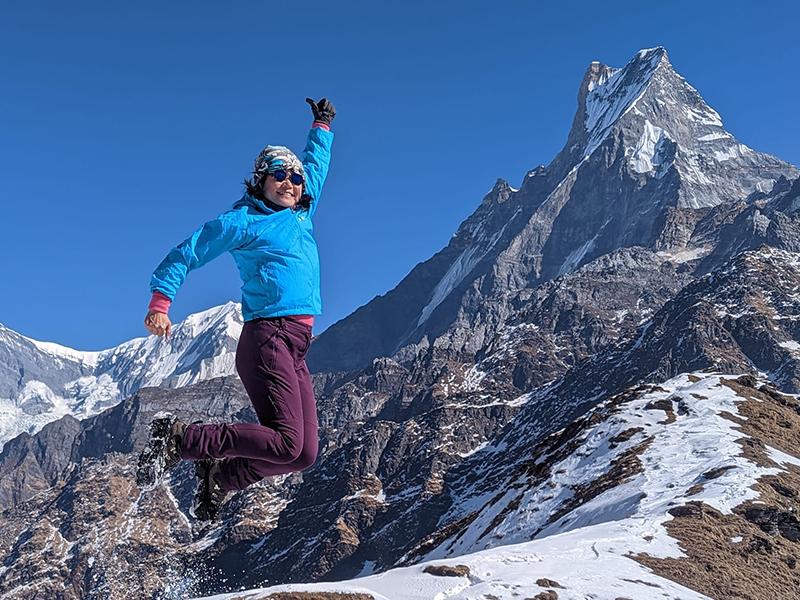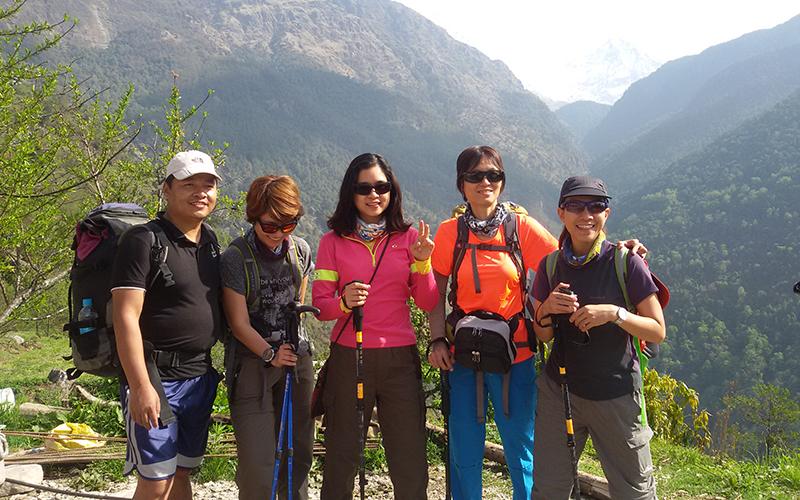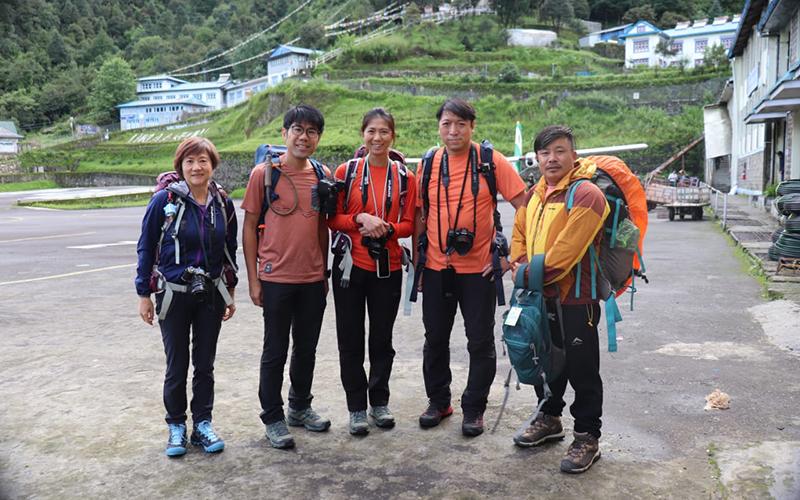Everest Base Camp Trek Guide

A Step-by-Step Guide to Planning Your Everest Base Camp Trek Guide
Everest Base Camp Trek Guide Completed, Are you an adventure seeker with a passion for hiking and mountaineering? If so, then the Everest Base Camp Trek is a must-do on your bucket list. This incredible journey takes you through breathtaking scenery, rugged landscapes, and a challenging but rewarding climb to the foot of the world’s highest mountain. However, planning for such a trek can be daunting, especially if you’re a first-timer. But fear not, for we’ve got you covered! In this step-by-step guide, we’ll walk you through the process of planning your Everest Base Camp Trek from start to finish. From choosing the right time to go, selecting the best route, packing your gear, and staying safe on the trek, we’ll provide you with all the essential information you need to make the most of this once-in-a-lifetime adventure. So, pack your bags and get ready to embark on an unforgettable journey to the rooftop of the world.
Choosing the right time for Your Everest Base Camp Trek
The Everest Base Camp Trek Guide is open for visitors all year round. However, the best time to go depends on your preferences and the weather conditions. The peak season for this trek is from September to November and from March to May. During these months, the weather is clear, and the temperature is mild, making it the perfect time for trekking. However, the trails can be crowded, and the prices for accommodation and permits can be higher than usual.
If you prefer a quieter trek with lower prices, then the off-season months from December to February and from June to August might be suitable for you. However, the weather can be harsh, with heavy snowfall and extremely cold temperatures, making it more challenging to trek. Moreover, some of the lodges and tea houses along the trail might be closed during this time.
No matter what time you choose to trek, it’s essential to check the weather forecast and be prepared for any changes in the weather pattern. It’s also advisable to avoid the monsoon season from June to August, as the trails can be slippery and hazardous.

Preparing for the trek – physical and mental fitness
The Everest Base Camp Trek is a challenging and strenuous trek that requires a high level of physical and mental fitness. It’s essential to start preparing for the trek at least three to six months before your departure date. You can start by doing regular cardio and strength training exercises to improve your endurance and stamina. Hiking on hills and mountains can also help you get used to the terrain and altitude.
Mental preparation is equally important as physical preparation. The trek can be challenging both physically and mentally, and you need to be prepared to face the unexpected. Meditation and breathing exercises can help you stay calm and focused during the trek. It’s also advisable to read about the trek and talk to people who have done it before to get an idea of what to expect.
Required permits and paperwork
Before embarking on your Everest Base Camp Trek, you need to obtain the necessary permits and paperwork. The two main permits you need are the Sagarmatha National Park Permit and the Khumbu Pasang Lhamu Rural Municipality Permit. These permits are obtainable from the Nepal Tourism Board in Kathmandu or the Monjo checkpoint on the trek.
You also need to obtain a TIMS (Trekkers’ Information Management System) card, which is available at the Nepal Tourism Board in Kathmandu or the TIMS counter in Pokhara. The TIMS card is mandatory for all trekkers and helps track your whereabouts in case of an emergency.
It’s essential to carry all your permits and paperwork with you during the trek and keep them in a safe and waterproof place.
Packing essentials for the trek
Packing for the Everest Base Camp Trek Guide Completed requires careful consideration, as you need to carry all your essentials on your back. You need to pack light and only carry what is necessary. Some of the essential items you need to pack are:
– A good quality backpack with a waterproof cover
– Warm and waterproof clothing, including thermal underwear, fleece jackets, and down jackets
– Comfortable and sturdy hiking boots with good ankle support
– Trekking poles for extra support on steep and slippery trails
– Sleeping bag and sleeping pad for staying warm and comfortable at night
– Personal hygiene items, including wet wipes, hand sanitizer, and toilet paper
– First aid kit with essential medications and supplies
– High-energy snacks and water bottles for staying hydrated and energized during the trek
It’s also essential to pack according to the season and weather conditions. During the peak season, the weather can be mild, but the temperature drops significantly at night. It’s essential to pack warm clothing and a good quality sleeping bag to stay warm and comfortable. During the off-season, the weather can be harsh, and you need to pack extra warm clothing and gear to deal with the extreme cold.
Transportation to the starting point
The starting point for the Everest Base Camp Trek is Lukla, which is accessible only by air or by a several-day trek from Jiri. Most trekkers prefer to fly to Lukla from Kathmandu, as it saves time and energy. Several airlines operate daily flights to Lukla, but the flights are subject to weather conditions and cancellations.
It’s essential to book your flights in advance and keep some buffer days in case of cancellations or delays. It’s also advisable to keep a few extra days in your itinerary for acclimatization and rest.
Everest Base Camp Trek itinerary
The Everest Base Camp Trek itinerary can vary depending on your preferences and the route you choose. The classic route takes you from Lukla to Everest Base Camp and back, covering a distance of about 130 km. The trek takes about 12-14 days to complete, depending on your pace and acclimatization.
The itinerary usually includes several rest days and acclimatization days to help you adjust to the altitude. Some of the popular stops on the trek are Namche Bazaar, Tengboche, Dingboche, and Gorak Shep. You can also opt for a side trip to Kala Patthar, which offers stunning panoramic views of Mount Everest and the surrounding peaks.
It’s essential to choose an itinerary that suits your fitness level and preferences. It’s also advisable to hire a guide or a porter to help you navigate the trails and carry your backpack.
Accommodation and food options on the trek
The Everest Base Camp Trek offers several accommodations and food options along the trail. Most of the lodges and tea houses offer basic but comfortable accommodations with shared bathrooms and hot showers. However, the quality of the accommodation can vary, and it’s essential to book in advance during the peak season.
The food options on the trek are limited but sufficient. Most of the lodges and tea houses offer a variety of Nepali and Western dishes, including dal bhat, momos, noodles, and pasta. It’s essential to carry some high-energy snacks and water bottles to stay energized and hydrated during the trek.







